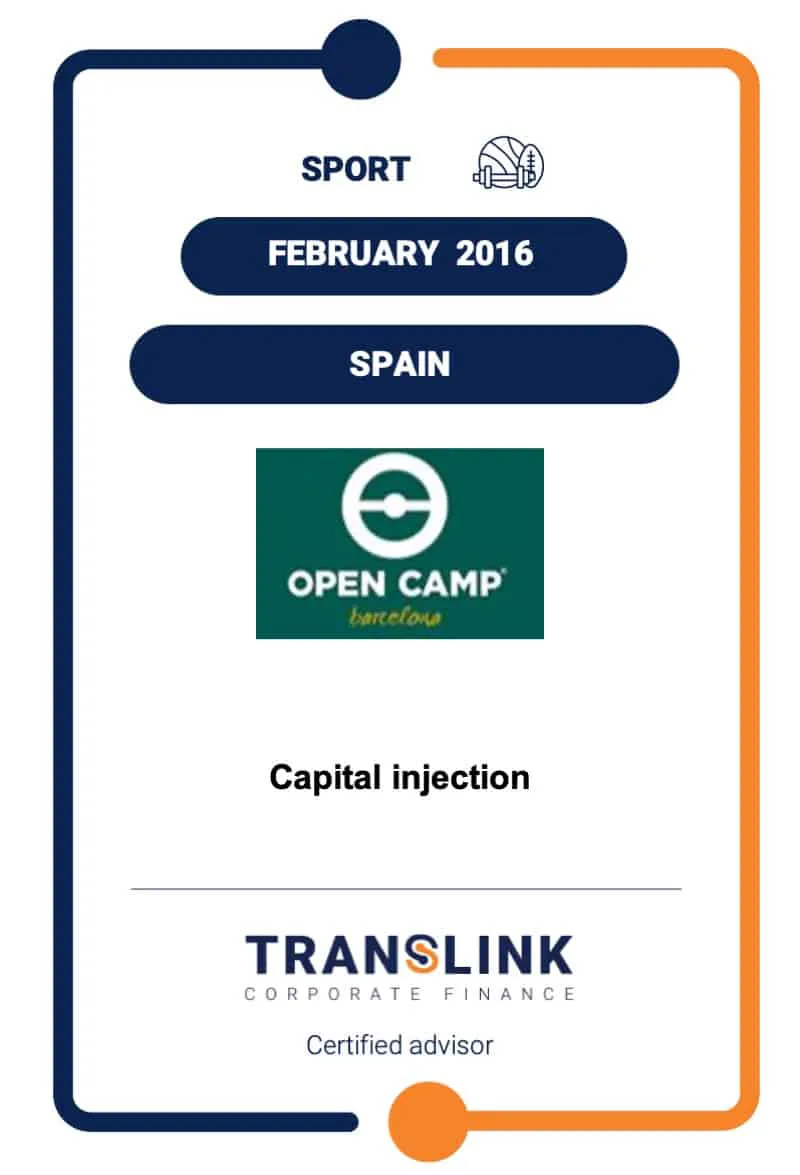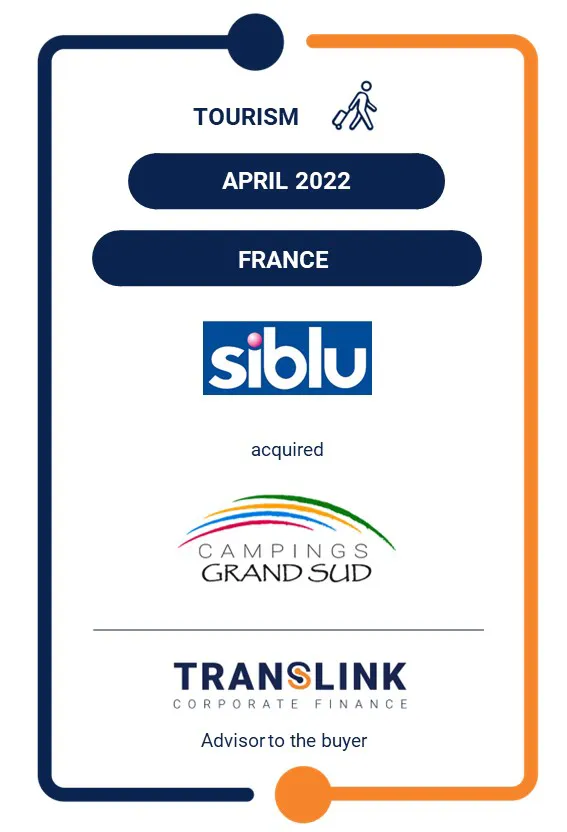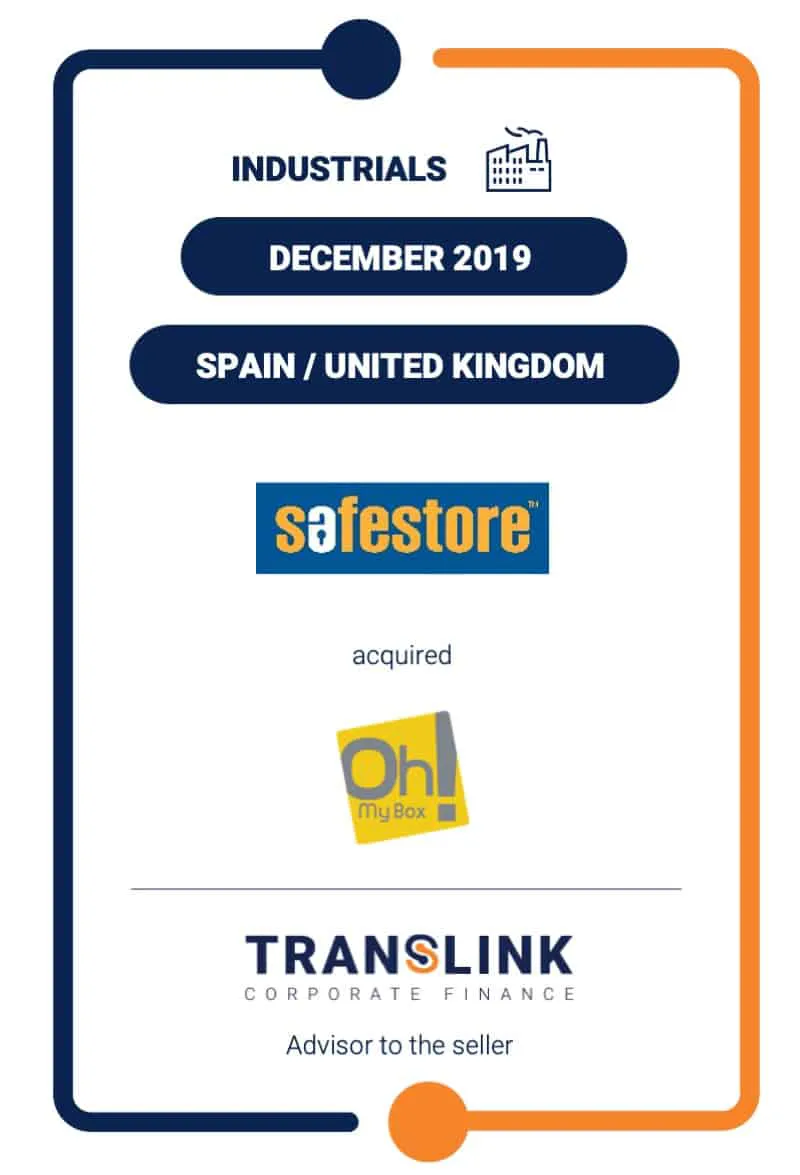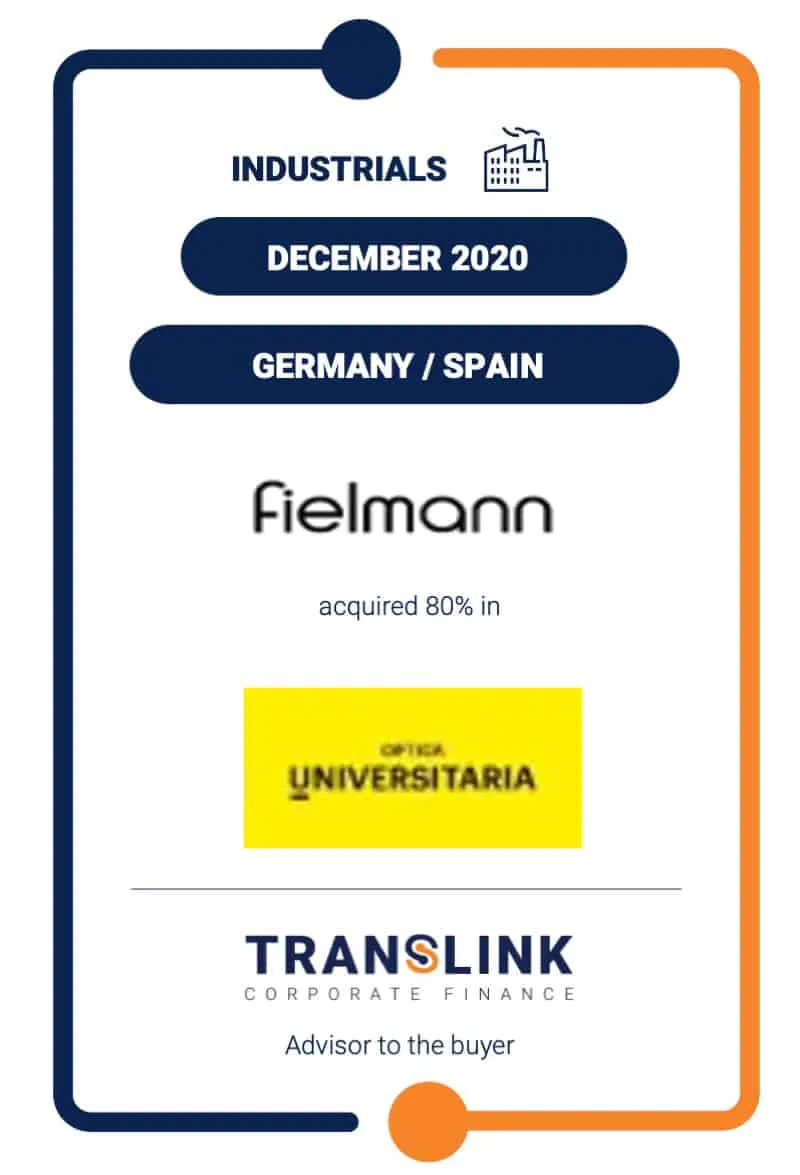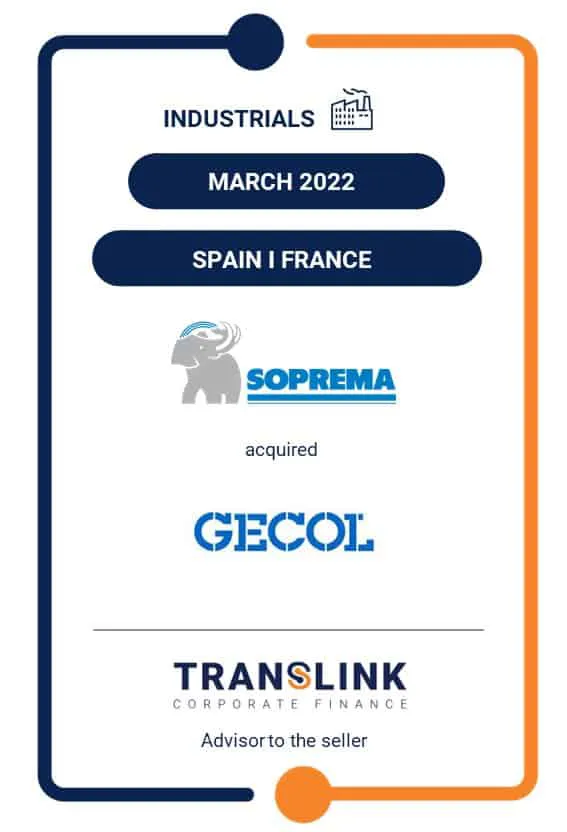10 October 2023
Reuters recently reported that global merger and acquisition (M&A) activity shrank to a decade-level low in Q1 2023, with high inflation, astronomical interest rates and recession rumours stalling deals. M&A volume fell by 48%, according to Dealogic, with expensive debt forcing more significant equity financing as an alternative to get deals done.
Translink Corporate Finance UK Partners Don Gray and Stuart Hands say divestiture could prove pivotal for the mid-market deal pipeline as companies look to consolidate portfolios by offloading assets. These insights are behind the group’s cautious optimism about M&A activity for the remainder of 2023.
Gray and Hands shed light on these trends and their driving factors, from portfolio tightening and consolidation to increasing divestitures.
Don says: “We foresee some M&A recovery in the last quarter of 2023. We believe much of the mid-market deal pipeline will be driven by divestitures as cash-flush companies seek divested assets as prime portfolio targets, leading to a flood of deals closing.”
Why companies are consolidating portfolios
Hands says the current M&A environment pushes investors to tighten and consolidate profits. “The triad of rising interest rates, inflation, and broader economic uncertainty is making it more expensive for businesses to borrow money and invest, leading to a decline in demand for risky assets.”
Hands takes a deeper dive into these three factors and their impacts:
- Rising interest rates: This makes it more expensive for businesses to borrow, resulting in a decline in investment and growth.
- Inflation: This erodes the value of money and makes it more difficult for businesses to plan and investors to make accurate investment decisions. Furthermore, inflation can make it more challenging to raise prices, leading to declining profits.
- Economic uncertainty: Factors like the war in Ukraine and the COVID-19 pandemic drive economic uncertainty, which makes investors more risk-averse. This factor makes it more difficult for investors to assess the prospects of businesses, leading to an investment decline.
Gray adds, “Tightening debt markets encourage corporates to look at their portfolios closely to release capital. Some do so voluntarily, while others are encouraged by their lenders. Even for those corporates with substantial liquidity reserves, the rising cost of debt means that subsidiaries or divisions considered non-core or generating below target return on capital employed (ROCE) are under increasing scrutiny.”
How asset divestiture fuels prospective mid-market deals
Hands says divesting assets can help fuel a pipeline of mid-market deals in several ways. These include:
- Generating cash to fund new acquisitions: A company that divests assets usually receives cash in return. Hands says this cash can fund new acquisitions that help the company grow and expand its market share.
- Reducing debt and improving financial flexibility: Divesting an asset can help a company reduce its debt. This can help improve the company’s financial flexibility and make it more attractive to potential acquirers.
- Helping companies focus on their core competencies: Companies sometimes own assets unrelated to their core business. Divesting can help them focus on their core competencies and improve efficiency.
- Creating a more attractive investment proposition for investors: Investors are often more interested in companies with a clear strategy. Divesting non-core assets can help businesses streamline operations and become more attractive investment propositions.
Sectors prone to consolidation and divestiture
Gray says, “More corporate boardrooms are becoming surgical in their approach to portfolio management by scrutinising non-core assets, whereas, previously, CEOs may have taken a more relaxed approach to divisions that were performing well. There are three key drivers of divestitures from the transactions we’re seeing – the availability and cost of debt, the pivot towards digitalisation and the requirement to invest in technology to support this, and geopolitical tension and regulatory divergence.”
Hands adds that most sectors are consolidating, but some of the most notable ones include:
- Financial services: This sector is undergoing a period of consolidation as banks and other financial institutions seek to reduce costs and improve efficiency. Several factors are driving this trend, including rising interest rates, increased regulation, and the ongoing digital transformation of the industry.
- Healthcare: This industry is seeing a consolidation wave as hospitals, insurers, and other healthcare providers seek to improve their bargaining power and reduce costs. The rising cost of healthcare, the ageing population, and the increasing demand for value-based care are key drivers of this trend.
- Technology: The technology sector is seeing a mix of consolidation and divestiture. On the one hand, several large technology companies are acquiring smaller, innovative companies. The need for these large companies to stay ahead of the innovation curve is a crucial driver of this trend. On the other hand, numerous technology companies are divesting themselves of non-core businesses to focus on their core strengths.
- Retail: The retail sector is also experiencing increasing divestitures as retailers seek to shed unprofitable business to focus on their core operations and combat the rise of online shopping and the increasing competition from discount retailers.
- Energy: The energy sector is also witnessing a mix of consolidation and divestiture. Several oil and gas companies are merging to reduce costs and improve efficiency. On the other hand, larger, more established companies are acquiring several renewable energy companies.
Navigating divestiture dealmaking in 2023 and into the future
Translink has seen an increase in the number of cross-border deals in the market, some of which the group is involved with on the sell side and some on the buy side.
“Translink’s extensive global network allows us to identify targets and support acquirers. When on the sell side, our global network reach enables us to source buyers from multiple countries. For example, a European parent company approached us after unsuccessful attempts to find interested parties in its China subsidiary looking to divest in difficult political circumstances. We successfully engaged with multiple parties and have sourced an offer from a Chinese buyer for the business, demonstrating our exceptional cross-border reach and ability,” concludes Hands.






























































